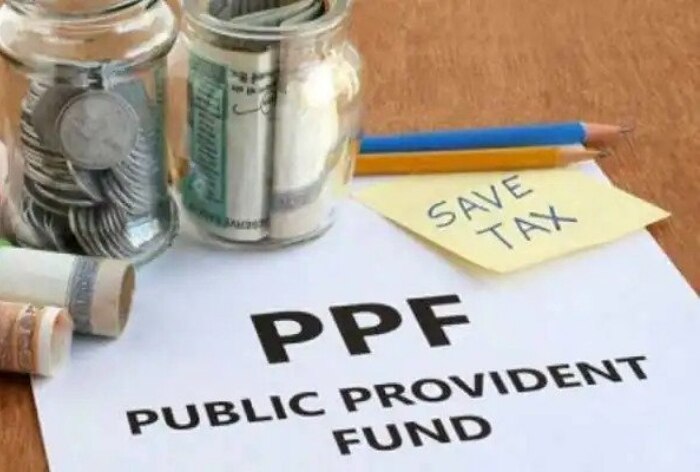Those who invest in PPF should make their instalments must deposit their contribution before the fifth of every month to make most of their investment.

New Delhi: Recently, the government announced hike in small savings schemes’ interest rates by up to 70 basis points (bps) for the April-June quarter. No announcement has been done with regard to the Public Provident Fund (PPF) scheme.
Does This Make PPF less attractive when compared to other small savings schemes?
PPF interest rate was last revised in April-June 2020, when it was slashed from 7.9 per cent to 7.1 per cent. Previously, in July-September quarter of 2019, it was cut. The last increase in PPF interest rate happened during October-December quarter of 2018 where it was raised from 7.6 per cent to 8 per cent.
PPFs are generally benchmarked at 25 basis points over the prevailing 10-year G-Sec bond rates. However, because the G-Secs were well over 7.25 per cent last quarter, there is scope of an increase in the PPF interest rate in the coming months, according to Adhil Shetty, CEO, BankBazaar.com who spoke to CNBC-TV18.com.
PPF, A Decent Investment Bet
Public Provident Fund is one of the few investment categories where contributions and principal withdrawals are exempted from the tax. Even the returns generated during the holding period are exempted from tax.
“Given inflation is below PPF rates, it’s possible to earn real returns in a tax exempt fashion. Hence, the tax advantage offsets for lower interest rate which is a key feature to consider PPF as a choice,” Abhishek Banerjee, Founder & CEO at Lotusdew Wealth told CNBC-TV18.com.
Schemes such as Senior Citizens’ Saving Scheme (SCSS), Sukanya Samriddhi Yojana (SSY), Mahila Samman Savings Certificates (MSSC) are category centric unlike Public Provident Fund which is available for all. The tax-free provision of the PPF makes it one of the best debt options; even though other schemes may offer higher rates, post-tax returns will not match those from PPF.
The sovereign backing offered by PPF makes it a strong competition to bank FDs. Even as certain small finance banks are offering up to 9 per cent interest rates, they’re still taxable by law and less safe than FDs.
When it comes to small savings schemes, the popular Senior Citizens’ Saving Scheme (SCSS), National Savings Certificate (NSC) and Sukanya Samriddhi Yojana (SSSY) offer 8.2 per cent, 7.7 per cent and 8 per cent, respectively for the mentioned quarter. The newly-launched Mahila Samman Savings Certificates (MSSC) also offers 7.5 per cent interest rate.
How To Make Best Use Of PPF Investment
Those who invest in PPF should make their instalments must deposit their contribution before the fifth of every month to make most of their investment.
When the deposit is made after the fifth of a month, the account holder will earn lower interest from the PPF balance. As per the PPF scheme rules, the interest is calculated on the basis of the lowest balance in the PPF account at the end of the fifth day of a month and end of the month.
Topics
Stay connected with us on social media platform for instant update click here to join our Twitter, & Facebook
We are now on Telegram. Click here to join our channel (@TechiUpdate) and stay updated with the latest Technology headlines.
For all the latest Business News Click Here
